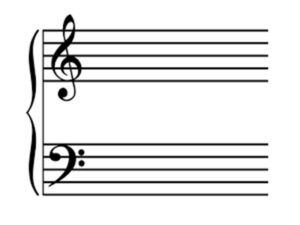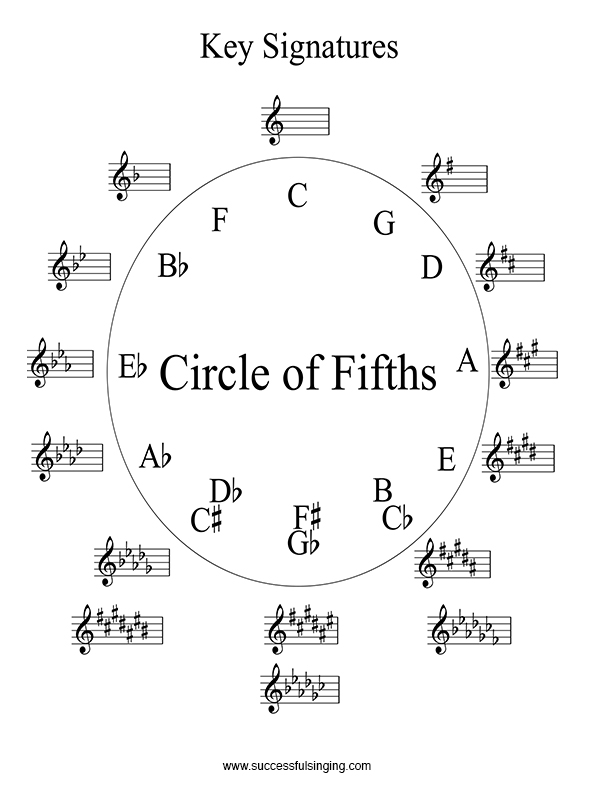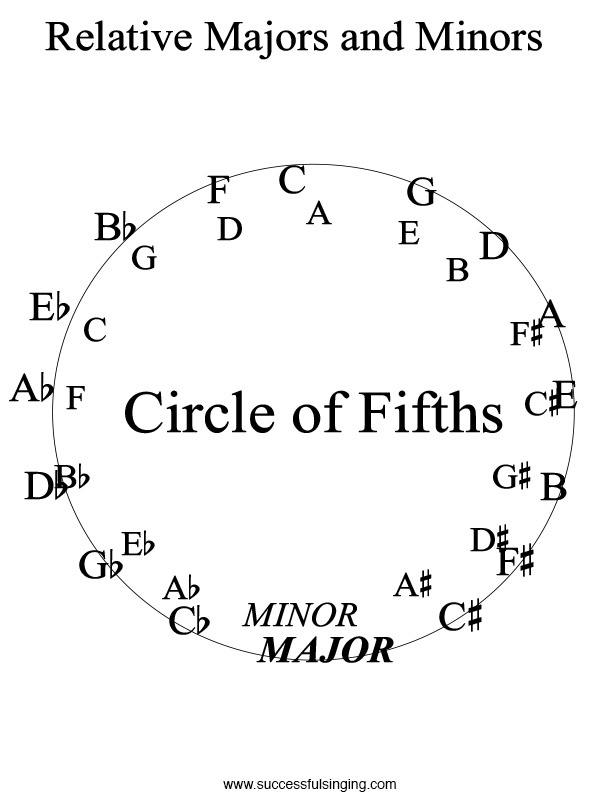How To Read Music
 How To Read Music
How To Read Music
Learning to read the notated language of music is not really any harder than learning any other technical jargon and skills. Written music has been developed over thousands of years and even the current form of music we read today has been around for over 300 years. Written music will tell its reader things like pitch, note duration and timing, whether its loud or quiet, flowing or choppy. Music is read left to right across the page.
To read music you will start with a stave (aka staff): Five horizontal lines with a curly symbol called a clef to indicate its pitch.


Time Signature
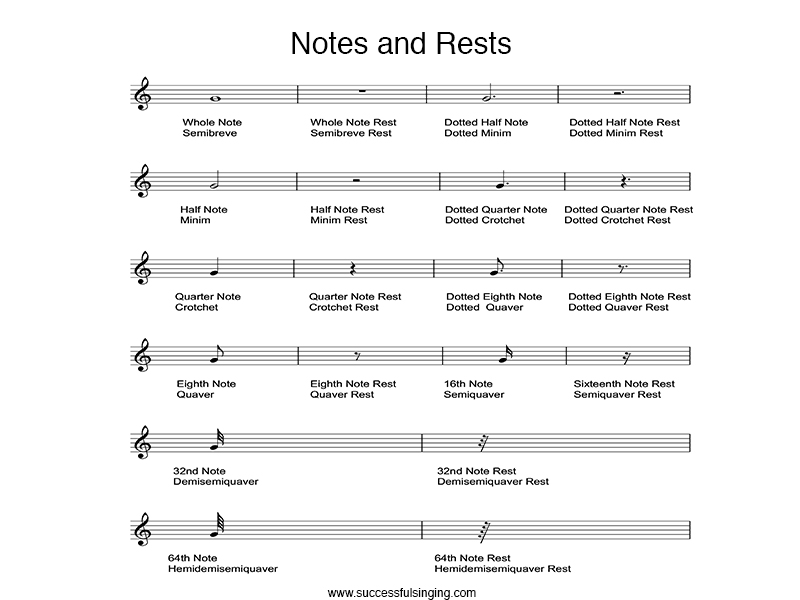
Example: a 4/4 time signature is 4 crotchet beats to a bar (common in most pop music); a 3/4 signature is 3 crotchet beats to a bar (most waltzes have this time measure) and a 6/8 time signature have 6 quaver (8th) beats to a bar (has more of a swing rhythm than a waltz). (The note names and values are explain below.) On a piece of sheet music, you will see thin vertical lines crossing the stave at regular intervals. These lines represent the time measures. You may well have unconsciously found the time measure to your favourite songs by tapping along ‘1,2,3,4’ with the music.

Timing and Rhythm
Our basic 4/4 time signature using 4 crotchet beats to the bar will have a walking pace feel to it. By mixing up the different note values and by using rests (where no music plays for set beats), you can create an infinite amount of rhythms.
Tempo
Key Signatures
The key signature is the collection of sharps ♯ or flats ♭that you can see at the beginning of a staff. Key Signatures tell us what scale the piece is made up from, so we know which notes to raise or lower to get the right “colour” of that particular tonality, or key. They tell us what notes are either raised (♯ ) or lowered (♭) throughout the piece. The main reason for using a signature and not simply accidentals, is that it makes the music looks cleaner and easier to read.
Major or Minor
What Is the Difference Between Major and Minor?
The difference between major and minor chords and scales boils down to a difference of one essential note – the third. The third is what gives major-sounding scales and chords their brighter, cheerier sound, and what gives minor scales and chords their darker, sadder sound.
If you’ve spent any time studying a few scales you should know many scales contain seven different notes. For example, the major scale contains a Root, 2nd, 3rd, 4th, 5th, 6th, and 7th. All of these scales and chords contain that important note the 3rd in them. A minor 3rd is one interval note (semi-tone) lower than a major 3rd.
Tip
How To Figure Out if a Key is in Major or Minor?
- If the signature has one sharp, it means it could be either G major or its relative; E minor.
- Now check out the last note or bass note of the final chord. This is normally the tonic (the first note of the scale):
- If the last note (or chord) is an E, the piece is in E minor.
- If it is a G it is in G major.
This is because most pieces finish on a note/chord that sounds like ‘home’ (tonic).
Dots and Ties
All notes have a certain time value, which determines how long a pitch should be held. Sometimes, however, you want to add to the value of a note to create syncopation or other interest in your musical piece. You can extend a note’s value in written music using dots and ties:
-
Dot: This dot indicates that a note’s value is increased by one half of its original value. The most common use of the dotted note is when a minim (half note) is made to last three quarter-note beats instead of two, as shown below.
- Tie: Tied notes connect notes to create one sustained note instead of two separate ones. When you see a tie, simply add the notes together. For example, a crotchet (quarter note) tied to another crotchet equals a note held for two beats.

Elements of Music
Music is made up of many different things called elements. They are the building bricks of music. When you compose a piece of music you use the elements of music to build it, just like a builder uses bricks to build a house. When you listen to a piece of music, you’ll notice that it has several different characteristics; it may be soft or loud, slow or fast, combine different instruments and have a regular rhythmic pattern.

Timbre – the quality of a note, determined by its overtones. Brass instruments sound different to string instruments, even when playing the same pitched note.
Pitch – the primary frequency of a note
Dynamics – the degree of loudness of a note
Texture – the thickness and feel of a note. How many sounds
Tempo – the speed at which notes are performed and the relative time between adjacent notes which give you the rhythm
Duration – the length of time a note is held
Structure – the overall plan of how you bring the elements together to create your sound
Some dynamic symbols you may see on sheet music
| Symbol | Meaning |
| f | Loud |
| ff | Loud Loud |
| fff | As loud as possible |
| p | Quiet |
| mp | Medium Quiet |
| mf | Medium Loud |
| pp | Quiet Quiet |
| cresc | Louder |
| Effects | |
| sfz | Hit note, back off, then build back up |
| tr | Trill |
| vibrato | Add waves to sound |
| legato | Smooth |
| Tempo | |
| poco. | Gradually |
| accel. | Faster |
| rit. | Slower |
| dim. | Diminish |
| soli | Shared solo in section |
| solo | 1 person solo |

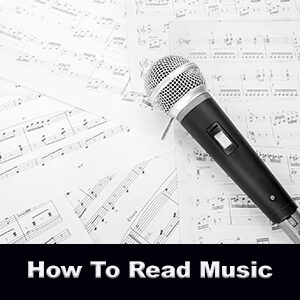 How To Read Music
How To Read Music